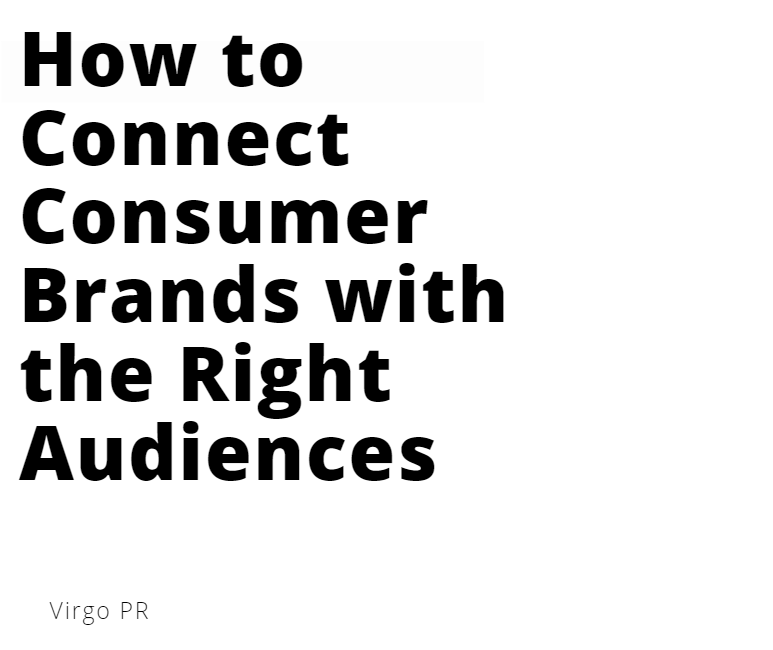For consumer brands, finding the right audience is as difficult as it is critical. There are so many options out there; the likes of Facebook and Twitter offer up a virtually endless supply of people to target, but neither platform has a perfect set of tools for finding the right audience.
Even Google AdWords, with its simple system of keywords and search terms, can be tough to use for brands in competitive categories because of the problems that come with using broad match keywords.
The most effective performance marketing channel for many brands is native advertising, which are those sponsored stories that show up onFacebook newsfeeds and on the side of websites. Native advertising platforms like Outbrain and Taboola have whole teams devoted to helping clients figure out where to spend their advertising budgets. They work with everything from giant media companies like NBC and ESPN, to local newspapers and small-time bloggers.
Direct Brand-to-Customer Connections
Almost 85% of consumers say that the trust they have in a brand is directly connected to their relationship with the brand. This is especially important for consumer brands which are often competing with each other for attention, making it even more difficult to stand out in today’s saturated market.
To succeed and build strong relationships with the target audience, a brand’s managers need to know how to connect with customers on a deep level, and need to help customers see what makes their brand unique.
For every brand, understanding and catering to the needs of the target audience is a top priority. It doesn’t matter if it is a new product launch or an organization looking to expand its digital footprint- it is crucial to know exactly who the customers are and how best to reach them.
The Goal of Marketing Campaigns
The goal of any marketing campaign is to reach the right audience with a message that resonates. But in this age of digital content, brands must navigate an increasingly noisy and fragmented marketing landscape.
The reality is that consumers today encounter thousands of marketing messages each day. From the moment they wake up and look at their smartphones, to the time they go to bed and check their laptop or smartphones one last time, people are exposed to ads across devices, social media channels, and websites.
As a result, consumers have learned to tune out much of what they see,and it’s getting harder for brands to break through that noise to reach their target audiences.
The first step to any successful campaign is to define the target audience. A clear and well-defined target audience will aid the creation of more effective content and campaigns that resonate with customers.
Finding the right influencers for the campaign is just as crucial as defining the target audience.
It is important for businesses to understand who the target audience is and what they are interested in, so that they can find the right influencer who can best reach this audience.

